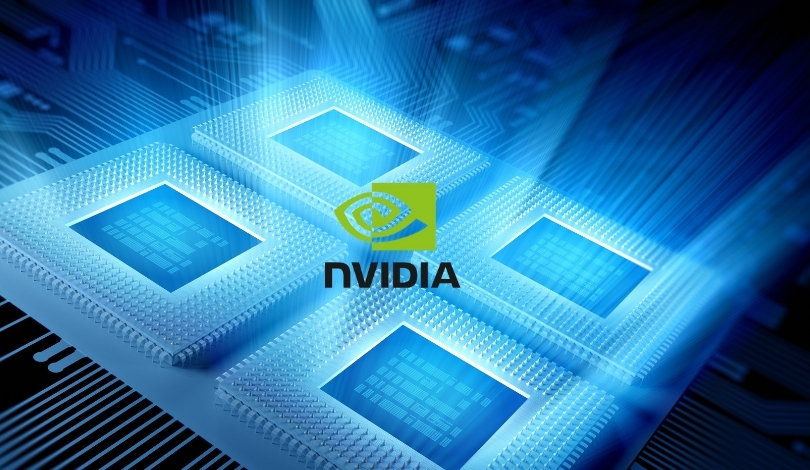In an exciting development for the exoskeleton technology industry, Ekso Bionics Holdings Inc. announced its acceptance into the NVIDIA Connect program. With a focus on both medical and industrial applications, Ekso Bionics seeks to propel its innovative solutions to the forefront of rehabilitation tools. This collaboration could potentially redefine the intersection of artificial intelligence and exoskeleton technology, promising advancements in how human motion is understood and augmented. The company’s participation in NVIDIA’s program suggests a leap forward in its mission to enhance quality of life through robotics.
A previous look at exoskeleton technology highlights Ekso Bionics’ steady commitment to refining human mobility. Past reports noted their primary focus on aiding those with paralysis and improving worker efficiency. The prospective foundation model for human motion represents an ambitious step beyond these capabilities, aiming for a more integrated AI-driven approach within the technology. Comparatively, acceptance into NVIDIA’s selective program underscores a growing recognition of the potential impact of AI in this sector. The initiatives under this collaboration seem poised to offer novel solutions beyond past aspirations.
What Does Ekso Bionics Aim to Achieve?
The main goal for Ekso Bionics is to develop a proprietary foundation model for human motion in physical rehabilitation. The company envisions integrating AI features into its portfolio, enhancing both its enterprise and personal health devices. This effort promises to merge state-of-the-art technology with AI to create increasingly efficient exoskeleton systems. The expected output could significantly improve user experiences in various sectors, ranging from healthcare to industrial use.
How Will NVIDIA Enhance Ekso’s Vision?
Through NVIDIA Connect, Ekso Bionics will benefit from specialized training, priority engineering support, and access to advanced NVIDIA development kits and GPU platforms. This collaboration is designed to foster next-generation solutions within AI and computing efficiencies, offering Ekso a unique advantage in refining its technology for better performance. Potential advancements could open new doors for treating mobility impairments with greater precision and effectiveness.
Is There a Market Impact for Ekso Indego Personal?
Ekso Indego Personal, known for aiding users with mobility impairments, stands to gain from these developments. With CMS finalizing a reimbursement rate, the device is now accessible to Medicare beneficiaries with spinal cord injuries. The anticipated AI integration through NVIDIA’s resources can further uplift its functionality, providing more autonomy to users and enriching their rehabilitation journeys. Such advancements might see broader adoption across various healthcare sectors.
Ekso Bionics’ participation in NVIDIA’s Connect program marks a strategic alliance that can significantly influence the exoskeleton landscape. While the collaboration holds promise, the extent of innovation hinge upon successful AI integration and market adaptation. For Ekso, the challenge remains to balance technological breakthroughs with patient-friendly interfaces. As the industry continues evolving, the synergy between AI and wearable technology could revolutionize patient care, ranging from simple mobility assistance to complex rehabilitation solutions.










